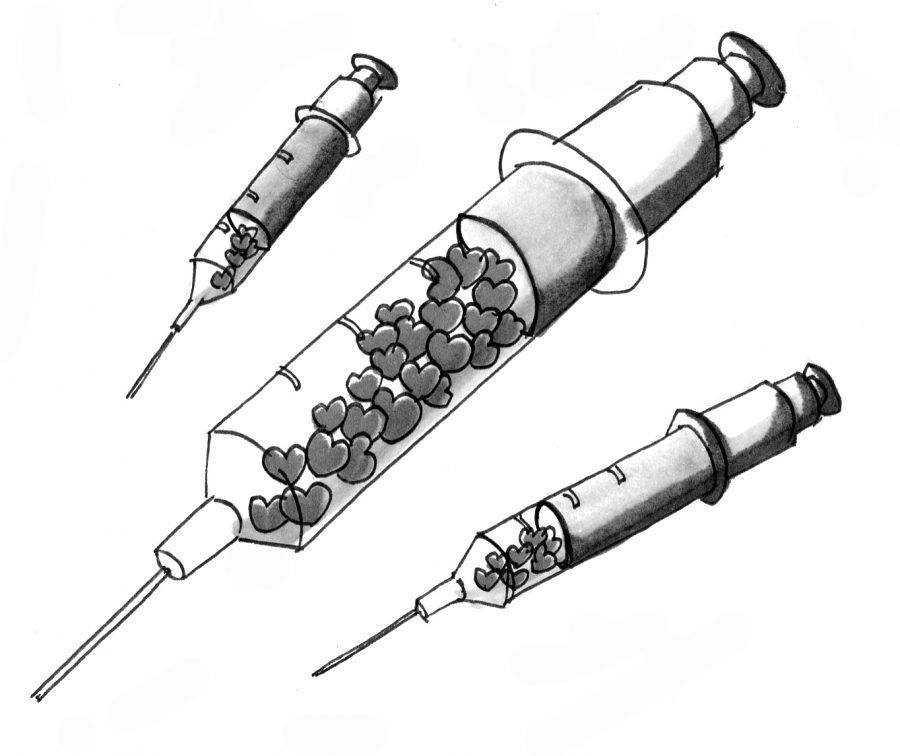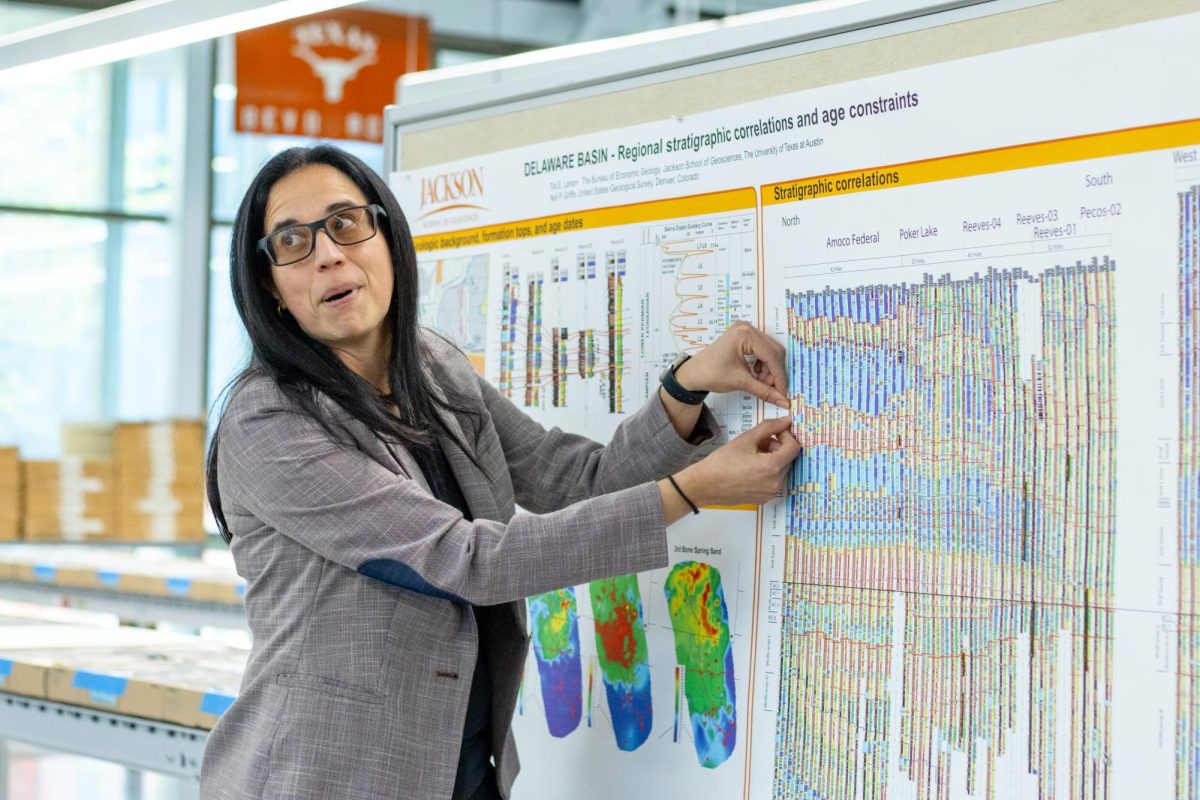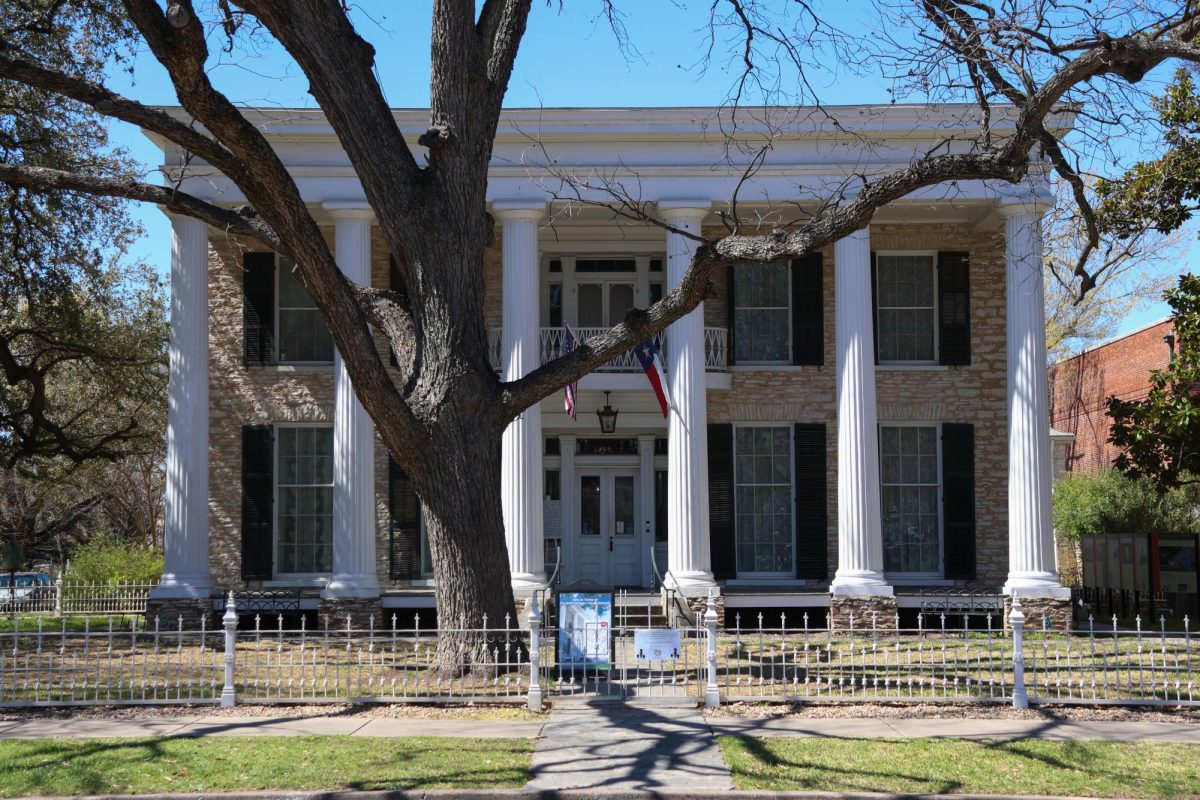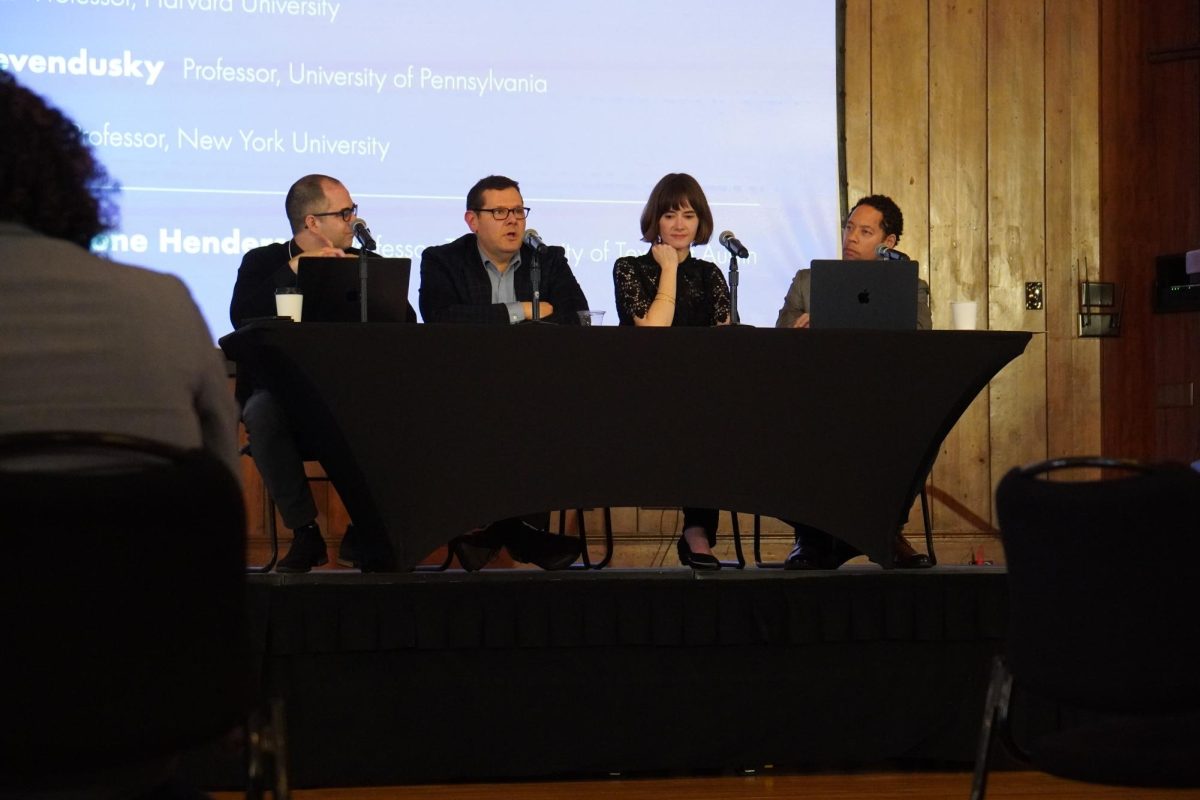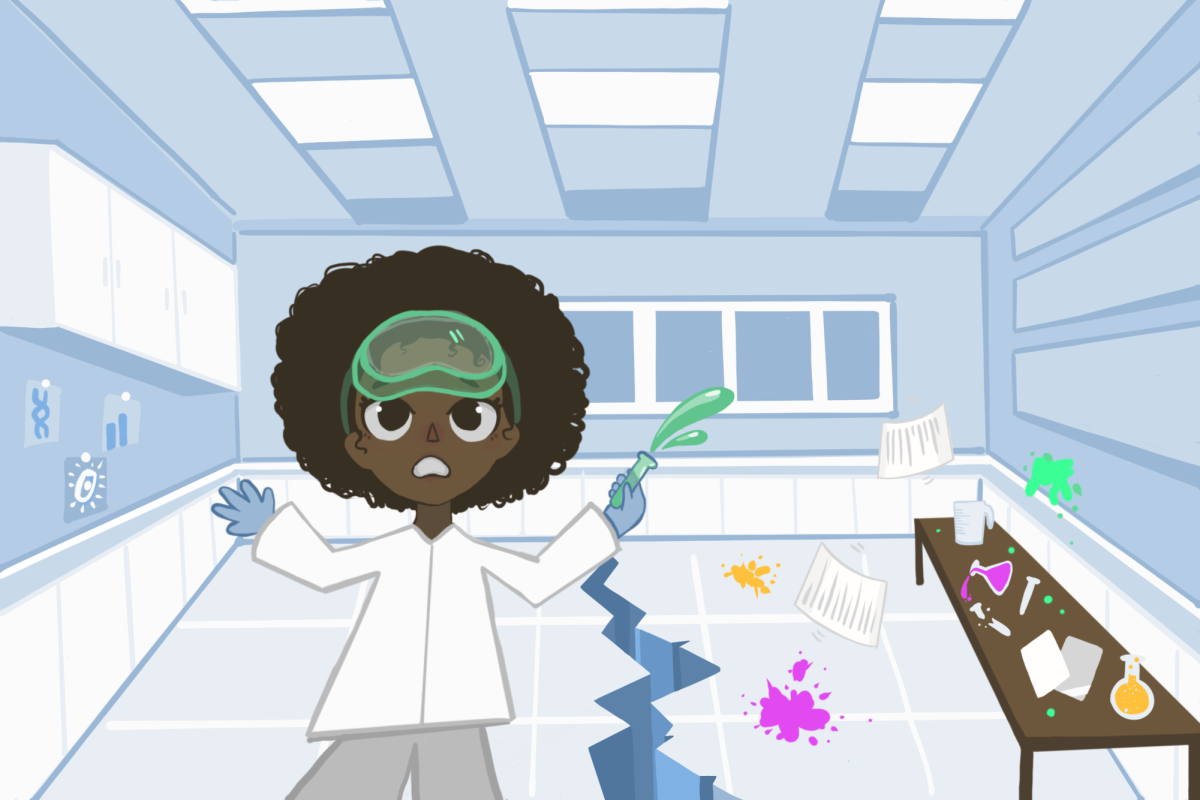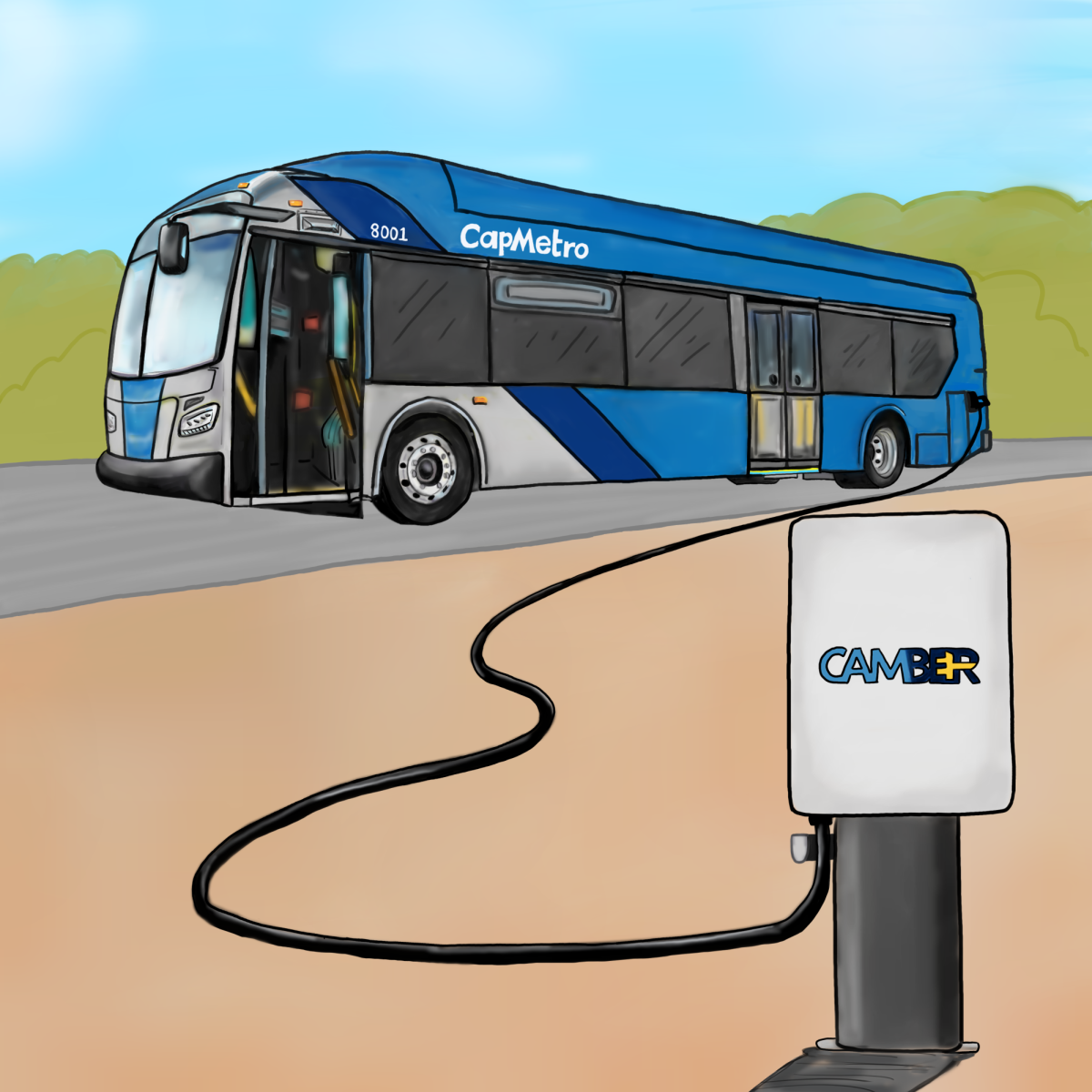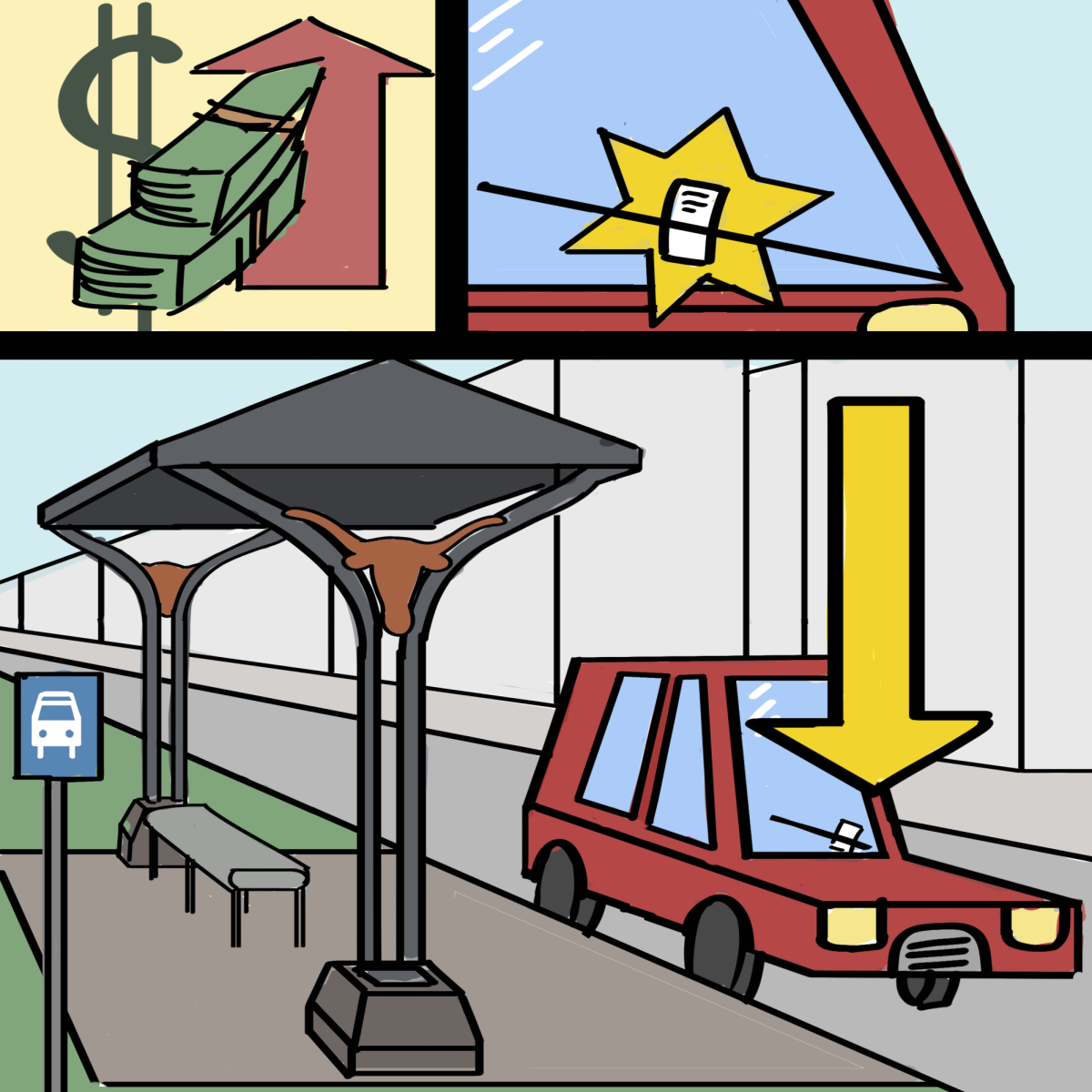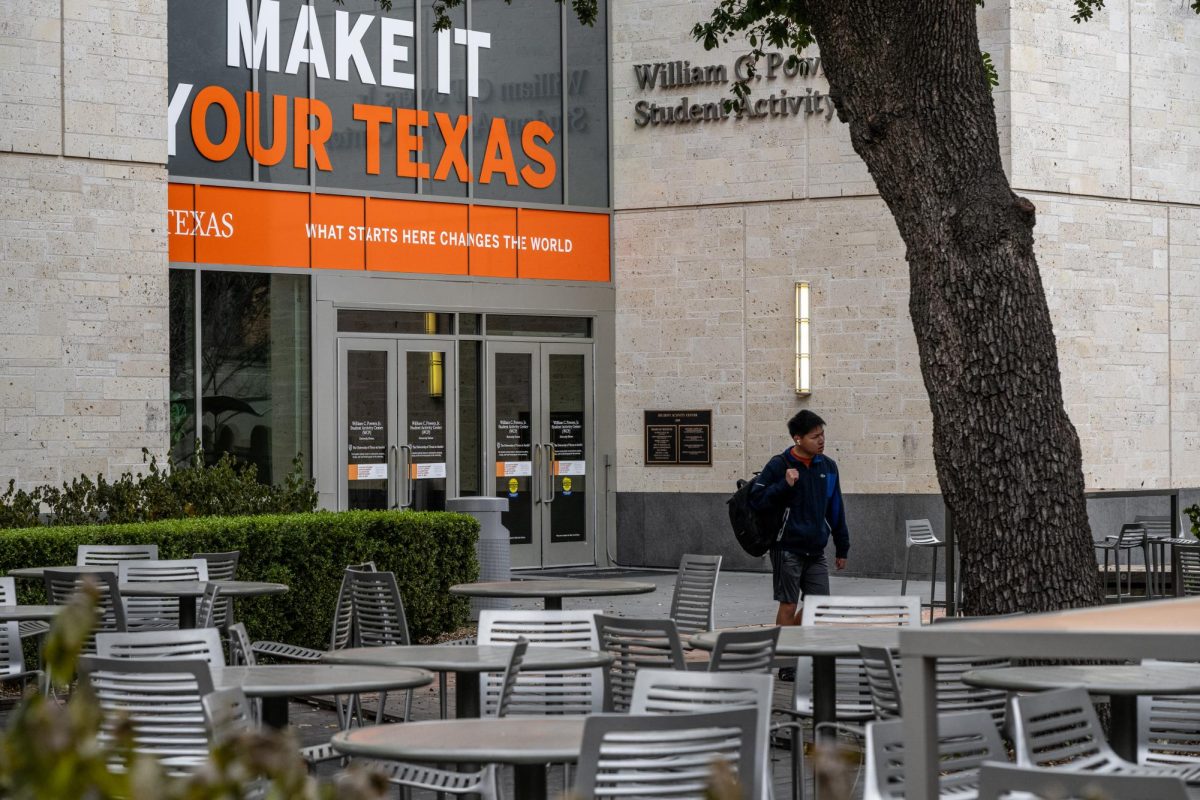The University provided two doses of Narcan nasal spray, an opioid overdose treatment, to each of the 24-hour desks at residence halls on campus in 2016. But since then, none of the on-campus kits have been used.
Narcan, also known as naloxone, can stop an opioid overdose in two to three minutes. Lucas Hill is the director of Operation Naloxone, an organization that provides naloxone for free on and off campus to prevent opioid overdose deaths among UT students, said none of them have been used.
“We know that college age students are more likely than any other group to misuse opioids … so we wanted to stay ahead of the issue,” Hill said. “At Operation Naloxone, we are advocates for stocking naloxone anywhere where anyone who might witness an overdose will need a supply.”
Hill said he thinks there are multiple reasons why the on-campus kits are not being used, including easy access to naloxone in the campus pharmacy and pharmacy students who are trained to distribute naloxone off-campus.
“It’s quite possible that students who are at risk for overdose or who have friends who are at risk for overdose have obtained their own supply of naloxone, or it may just be that our method of stocking naloxone on-campus isn’t working,” Hill said.
Mylon Kirksy, director of residence life for University Housing and Dining, said although students living off campus have access to naloxone through pharmacy student distribution, the University includes naloxone in residence halls to provide immediate access for students living on campus.
“We have a little over 7,400 students who stay with us on campus,” Kirsky said. “It’s important for them all to know that there are doses available at a 24-hour front desk if they experience an emergency in the residence halls.”
While the on-campus naloxone has never been used, naloxone provided by pharmacy students off campus has been used three times in the past two years to save lives, Hill said. He said he hopes to prioritize distribution of naloxone off campus, because students are more likely to overdose off campus.
“As long as we’re able to access free naloxone, we will have it on campus,” Hill said. “But it seems clear that public trainings and free distribution of naloxone to people who requested it is probably more likely to result in lives saved than having naloxone on campus.”
Ian Sims is co-president of UT’s Students for Sensible Drug Policy chapter, which promotes safe drug use and effective reforms. Sims said the University should also supplement its on-campus overdose prevention measures by providing more education to students about the effects and signs of drug overdose.
“I think it’s hard for students to access all the resources they might need just because drug users in this country are completely stigmatized,” Sims said. “And if you don’t admit that you have a problem, then you’re probably not seeking resources to fix that problem.”
Hill said despite students not using naloxone on campus, he is still encouraging other universities to provide naloxone in its residence halls.
“Anytime we can assist students who are experiencing a medical emergency, specifically around drug overdose, I think it’s worthwhile,” Kirsky said. “If one student’s life is saved as a result of having it available, it has served its purpose.”

